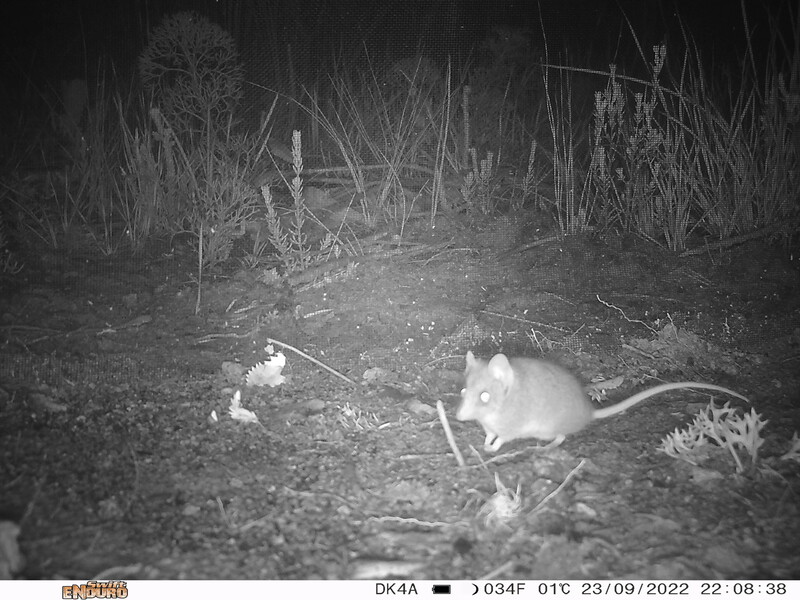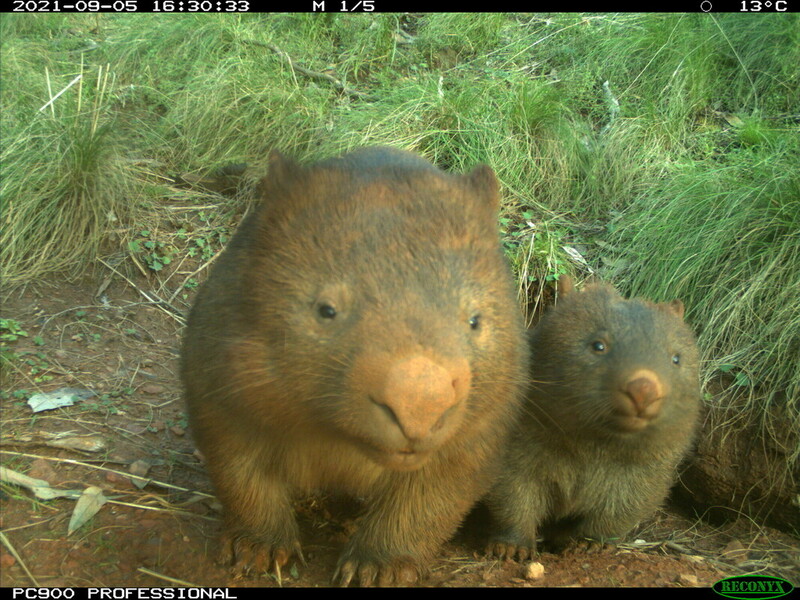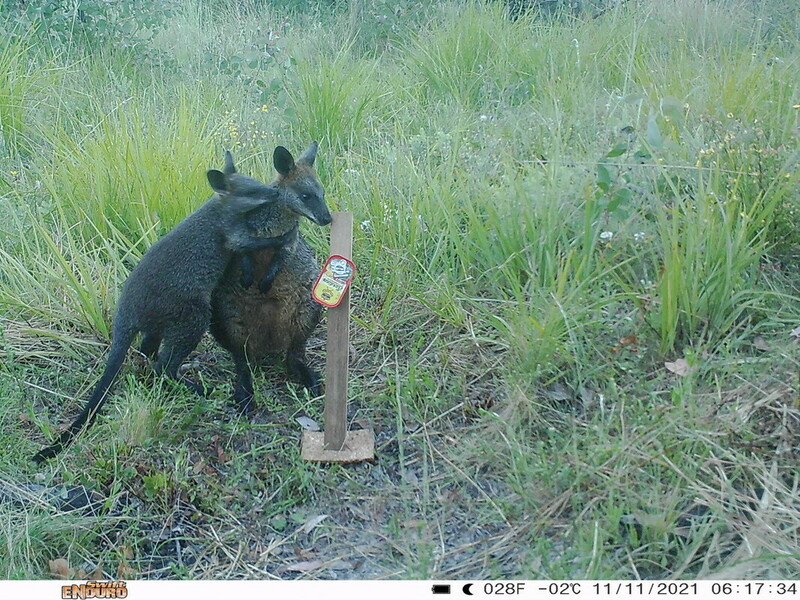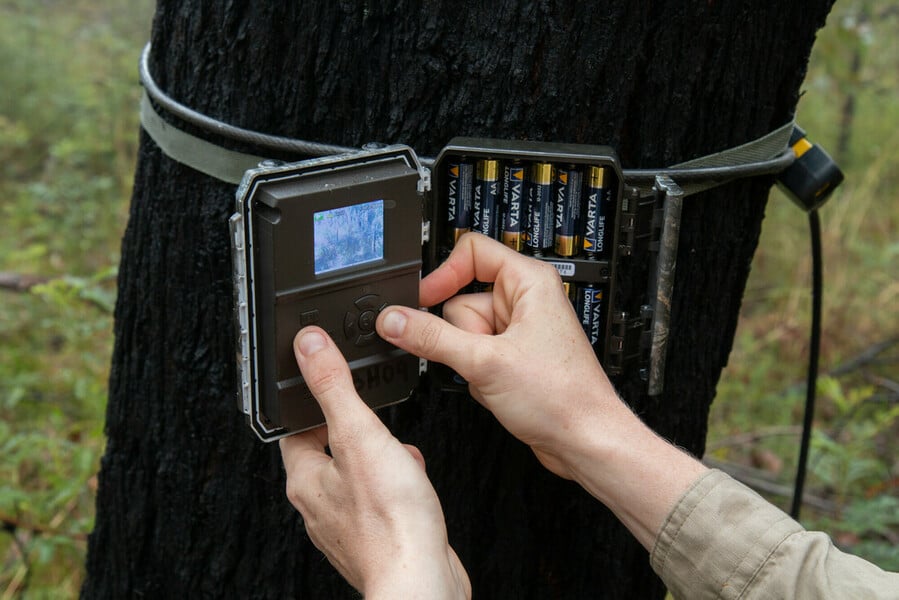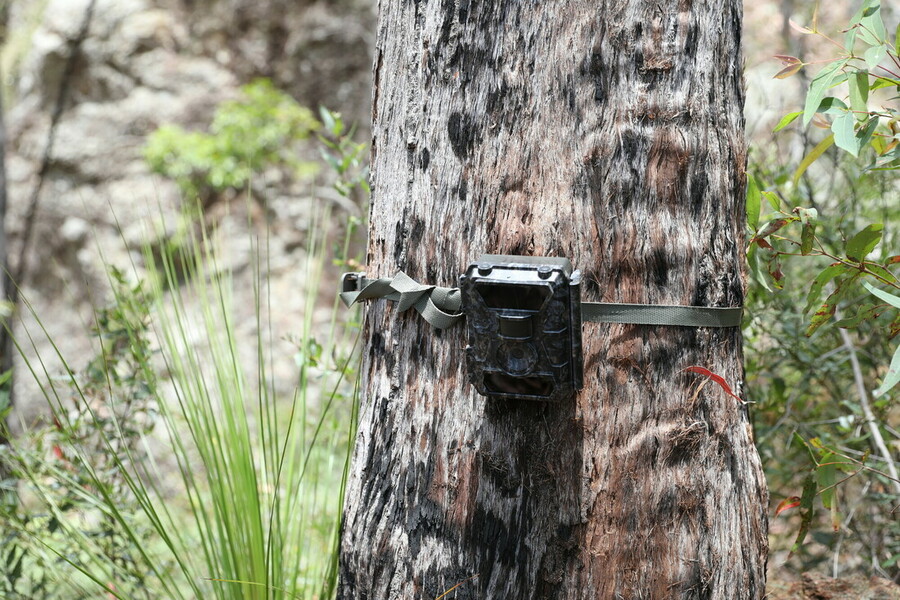AI discovers bushfire-ravaged native species are bouncing back
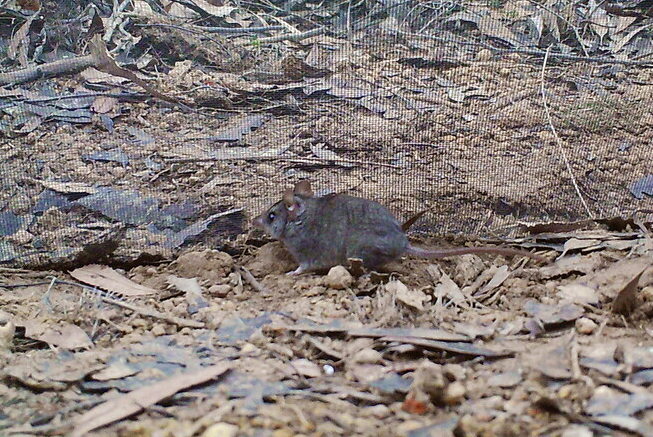
The 2019-20 bushfires scorched more than 90 per cent of the habitat of the Kangaroo Island dunnart (Sminthopsis griseoventer aitkeni), leaving the species edging towards extinction.
But a project combining camera trap and Artificial Intelligence (AI) technology indicates the dunnarts are recovering well on the South Australian island.
Emma Spencer, from the World Wildlife Fund’s Eyes on Recovery program, says the species has been detected at every site on Kangaroo Island where cameras are deployed.
“There’s almost nothing better than seeing a threatened species on camera in a place where you least expect it,” Dr Spencer said.
“These pictures show that not only are our unique species resilient, sometimes they can be darn cute.”
Other native species
The cameras, installed in eight fire-affected regions, including the Blue Mountains, Hunter and Central Coast, North Coast, South Coast and the Southern Ranges in NSW, East Gippsland, Kangaroo Island and South East Queensland, have captured more than seven million photographs.
These images also show other species are recovering, including koalas surviving in parts of the Blue Mountains and South East Queensland where the bushfires ripped through the entire forest canopy, and previously unrecorded colonies of brush-tailed rock wallabies found in fire-ravaged habitats in northern NSW.
Normally solitary echidnas have also been captured on camera during an ‘echidna train’ – a rare mating ritual during which multiple amorous males follow a female around, sometimes for weeks.

How the technology works
The photographs taken by the camera traps are analysed by Wildlife Insights, a cloud platform developed by Google that uses Artificial Intelligence and machine learning technology to identify species.
The program is trained to detect different species by being shown thousands of images, with scientists deliberately including ‘bad photos’ of animals to improve accuracy.
More than four million pre-identified photos of Australian animals were uploaded to the program.
“Like humans, AI models get better at recognising animals if they can look at thousands and thousands of images. We deliberately include ‘bad photos’ showing only parts of animals like a kangaroo tail or koala ears, as these help improve the accuracy of the AI,” explains Jorge Ahumada, senior wildlife conservation scientist at Conservation International.

Dr Spencer adds, “The AI model had never seen Australia’s unique animals before, so when we started uploading images it was identifying wombats as pigs and kangaroos as deer.”
“Now, after training, the model can recognise species like eastern grey kangaroos, wombats, koalas and spotted-tailed quolls with more than 90% accuracy.”
Dr Spencer says it’s also the first time an AI model has learned to identify rarer species such as the Kangaroo Island dunnart.
“This is really remarkable as dunnarts look very similar to other small mammals like mice and even trained researchers can have difficulty telling the species apart,” she said.
What next?
The project has been labelled a game-changer for Australian researchers, helping to identify wildlife that survived the bushfires and determine where recovery actions are needed
“Wildlife Insights can save researchers hundreds of hours of time reviewing images that don’t contain animals or contain very common species, allowing them to focus on the species they’re monitoring,” says Dr Spencer.
“We hope this will contribute to more rapid post-fire management action to help us safeguard our threatened Australian species.”

